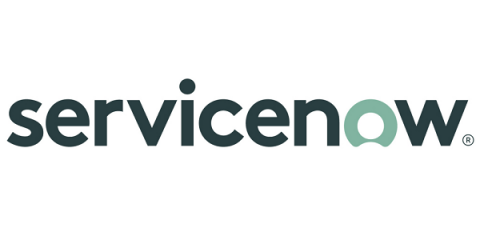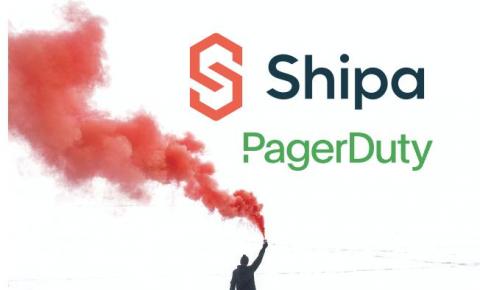Best Practices for Communicating with Customers During an Outage
Incidents are unavoidable when running a business. When an incident does inevitably occur, communication is critical while your teams are working to minimize the impact and expedite a solution. For technical resolvers, the first steps during an incident are to look for any leads that point to the source of the issue. Customer service and communications teams, however, must prioritize establishing effective communication with impacted users. Both teams have the right frame of mind, they need to be aligned. This becomes more complicated when such an incident is an outage.











